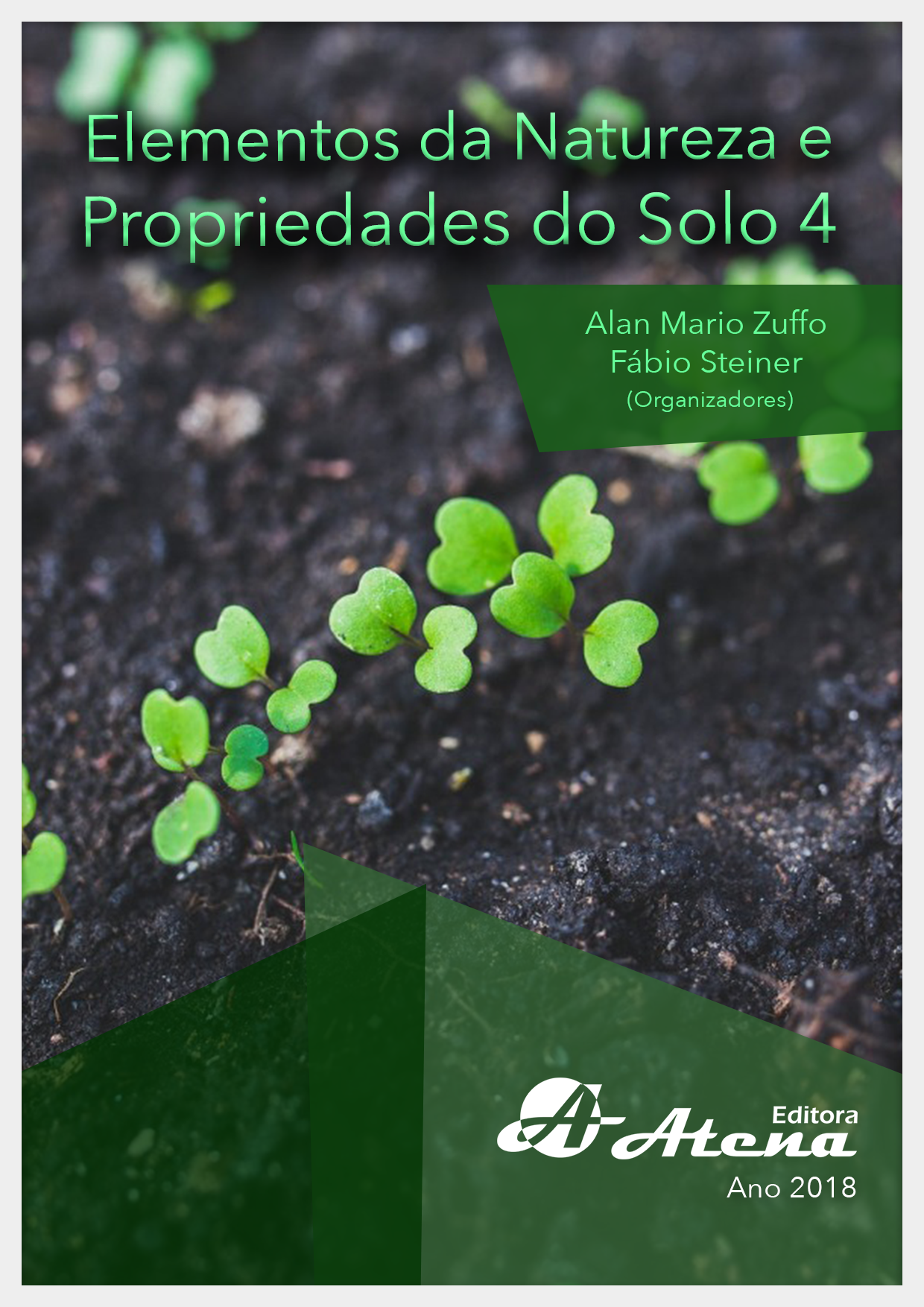
DENSIDADE E DIVERSIDADE DE RIZOBACTÉRIAS SOB APLICAÇÃO DE BIOFERTILIZANTE
A produção suinicola gera grande renda
mas também muitos resíduos, que tornam-se
um problema nas propriedades. Este composto
orgânico representa uma grande fonte de nutriente
e pode ser utilizado como adubo, contudo, seu
uso inadequado, pode interferir na biota natural
da rizosfera. O objetivo deste trabalho foi avaliar
o impacto do biofertilizante sobre a densidade
e diversidade da biota bacteriana natural dos
solos tratados. O delineamento experimental foi
em blocos casualizados com três tratamentos
e quatro repetições, sendo, a aplicação do
biofertilizante sob presença (T1) e ausência
de probiótico (T2) e o controle negativo (T3),
sem a adição do biofertilizante. A avaliação da
densidade foi através da contagem de unidades
formadoras de colônia (UFC) a partir de três
coletas (C) distribuidas ao longo do ciclo do nabo
forrageiro (Raphanus sativus L.), planta-modelo. A
diversidade foi realizada pela tipagem morfológica
analisada por agrupamento através do algoritmo
UPGMA. Na coleta um (C1), houve aumento da
densidade microbiana natural quando comparado
com o controle T3. Porém, ao longo do tempo
(C2 e C3) estes valores caem promovendo o
restabelecimento do equilíbrio com o término
das adubações. Observando os dados obtidos
a partir da tipagem morfológica, foi constatado
um aumento da diversidade do solo (T1 e T2).
A partir dos resultados obtidos o probiótico não
prejudicou a ação do biofertilizante. Considerando
a densidade e a diversidade, conclui-se que
os rejeitos utilizados como biofertilizante não
promoveram interferência negativa na biota
bacteriana natural dos solos tratados podendo ser
recomendado para a adubação agrícola.
DENSIDADE E DIVERSIDADE DE RIZOBACTÉRIAS SOB APLICAÇÃO DE BIOFERTILIZANTE
-
DOI: Atena
-
Palavras-chave: Bactérias, composto orgânico, morfologia, solo, UFC.
-
Keywords: Bacteria, organic compost, morphology, soil, CFU.
-
Abstract:
Swine production generates large income but also many wastes, which become
a problem in properties. This organic compound represents a great source of nutrient and
can be used as fertilizer; however, its misuse can interfere with the natural biota of the
rhizosphere. The objective of this work was to evaluate the impact of the biofertilizer on the
density and diversity of the natural bacterial biota of the treated soils. The experimental
design was a randomized complete block with three treatments and four replications, with
the application of the biofertilizer under presence (T1) and absence of probiotic (T2) and
negative control (T3), without the addition of the biofertilizer. The density assessment was
based on the count of colony forming units (CFU) from three collections (C) distributed
throughout the cycle of forage turnip (Raphanus sativus L.), a model plant. The diversity was
performed by the morphological typing analyzed by clustering using the UPGMA algorithm.
In the collect one (C1), there was an increase in the natural microbial density when
compared to the control T3. However, over time (C2 and C3) these values drop promoting
the restoration of balance with the end of fertilization. Observing the data obtained from
the morphological typing, an increase in soil diversity (T1 and T2) was observed. From
the results obtained, the probiotic didn’t impair the action of the biofertilizer. Considering
the density and diversity, it can be concluded that the rejects used as biofertilizer didn’t
promote negative interference in the natural bacterial biota of the treated soils and could
be recommended for agricultural fertilization.
-
Número de páginas: 15
- Luana Patricia Pinto


